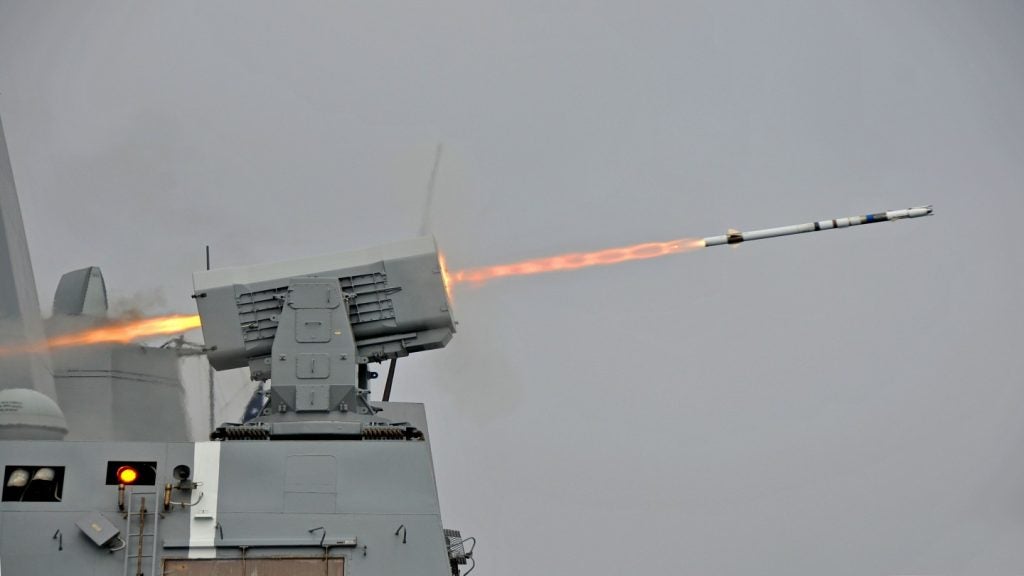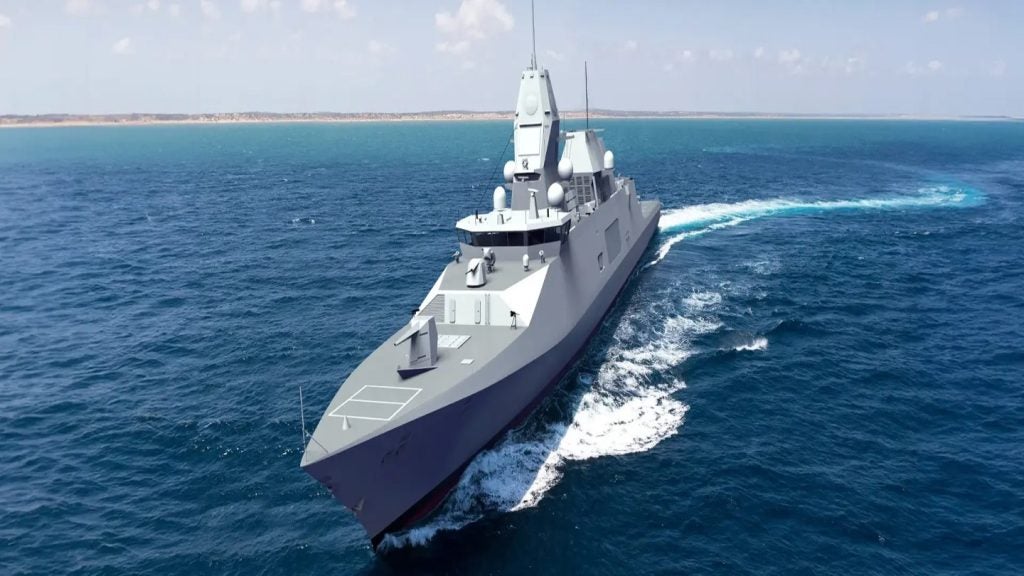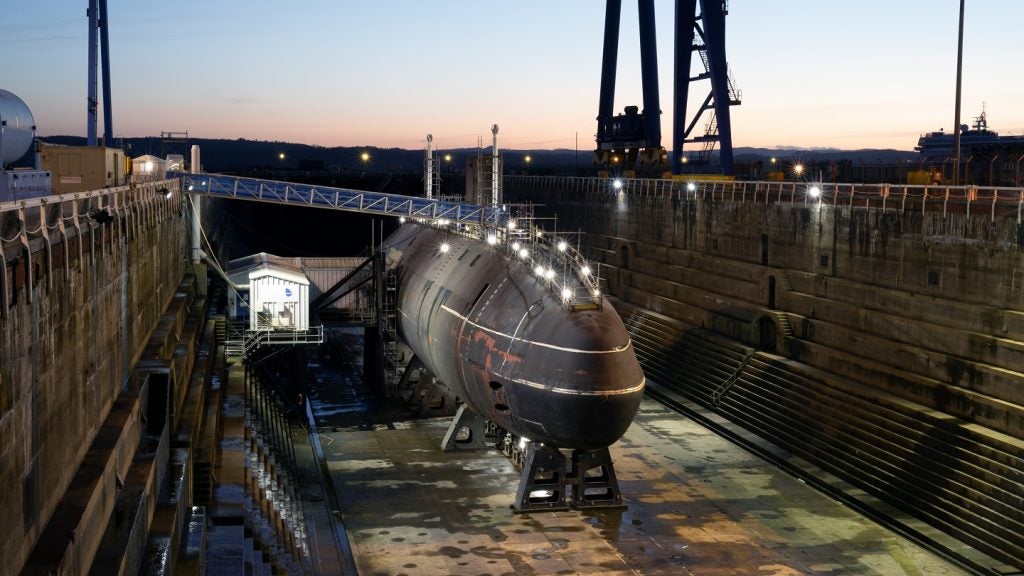
With massive dedicated military research organisations like the Defence Advanced Research Projects Agency (DARPA) and the Office of Naval Research (ONR), the US is a consistent leader in cutting-edge military technology. Many of these innovations are iterations on existing hardware, from the US-led F-35 joint strike fighter programme to gradual advancements in unmanned aerial vehicles (UAVs) and weapon location systems.
Other projects have the distinct feel of science fiction about them. The US Navy has been developing two technologies that would indeed have been consigned to the realms of fiction until recently – the free electron laser and the electromagnetic rail gun. Both technologies have potential to revolutionise the capabilities of a new generation of warships. Both research projects recently reached significant milestones in their development.
At the end of June this year, however, both programmes had their funding unceremoniously withdrawn by the US Senate Committee on Armed Services. We take a look at these advanced weapon systems and investigate the potential causes and effects of their cancellation.
The electromagnetic rail gun
ONR initiated the development of the electromagnetic rail gun in 2005, certified as an innovative naval prototype (INP), a high-priority development status that, according to ONR, exists “to foster game-changing and disruptive technologies ahead of the normal requirements process”.
The vision for the programme was to create a ship-mounted weapon that uses electricity rather than rocket motors or gunpowder to launch projectiles.
If enough electromagnetic force can be stored and unleashed, the rail gun potentially has the capability to fire a precision round 200nm in approximately six minutes, launching at a hypersonic speed of Mach 7.5.
As a tactical option designed to complement traditional onboard weaponry, the rail gun holds the obvious advantage of being able to easily out-range any modern naval weapons, on top of a reduced risk to operational personnel as the projectiles are designed to destroy their targets through sheer force rather than explosives. The first phase of the weapon’s development was to provide proof that it could fire a projectile at 32MJ of muzzle energy, enough to reach a 100-mile effective range.
This landmark demonstration was achieved in December 2010 with a test of the system at naval surface warfare centre Dahlgren division, during which a rail gun fired a record-breaking 33MJ shot.
The US Navy’s chief of naval research, Rear Admiral Nevin Carr, hailed the demonstration as a significant breakthrough for the project. “The 33MJ shot means the navy can fire projectiles at least 110 nautical miles, placing sailors and marines at a safe standoff distance and out of harm’s way, and the high velocities achievable are tactically relevant for air and missile defense. This demonstration moves us one day closer to getting this advanced capability to sea,” he said.
This proof of concept demonstration followed years of extensive work by ONR and its research partners, with a 10MJ shot fired at Dahlgren in 2008 and the first successful test fire of Blitzer, the rail gun system developed by ONR’s contract partner General Atomics, in September 2010.
“The GA team and its government partners continue to make rapid progress in demonstrating and maturing this revolutionary technology that will significantly improve the capability and protection of our warfighters at sea and on land. The tested systems performed flawlessly and consistent with performance expectations,” said GA advanced weapon launcher systems director Tom Hurn after the test.
The free electron laser
ONR’s research into the application of laser technology has been taking place since the 1980s, but like the rail gun, significant milestones have been passed in recent months.
The FEL system, another INP project, creates a high-intensity laser by using the energy from unbound accelerated high-energy electrons, a technology commonly used by scientists conducting subatomic research.
The FEL is designed primarily as a next-generation missile defence system, allowing ships to shoot projectiles out of the sky before impact with pinpoint accuracy and speed of light delivery.
It has also been indicated for use in engaging large numbers of small craft by burning through hulls with a near-unlimited magazine.
Like the rail gun, the FEL would seem to most observers to be a recent success story after two major steps forward in late 2010 and early 2011. In December last year, researchers at Los Alamos National Laboratory in New Mexico demonstrated the effectiveness of an injector system capable of producing the electrons required to power megawatt-strength laser beams.
For the laboratory, the demonstration was a milestone reached months ahead of schedule. ONR’s FEL program manager Quentin Saulter was positively buoyant about the project’s future. “This is a major leap forward for the program and for FEL technology throughout the Navy,” he said. “The fact that the team is nine months ahead of schedule provides us plenty of time to reach our goals by the end of 2011.”
A couple of months later in February 2011, a demonstration of similar importance to the FEL project took place at the Jefferson Laboratory in Virginia. After six years of continuous work, researchers were able to generate a 500kV laser beam (smashing the previous limit of 320 kilovolts) capable of searing through 20 feet of steel per second. Saulter stated that the demonstration brought megawatt-class lasers one step closer for the US Navy.
Project cancellations: what went wrong?
So with high-profile successes vindicating all the time and money spent on these projects, why did the US Senate pull the plug, effectively placing these programmes in development lingo? Neither the Committee on Armed Services nor the ONR has given specific details about the cancellations, and there is precious little to glean from the committee’s announcement of the funding withdrawal, buried halfway down its Department of Defense funding allocation bill for the fiscal year of 2012. The full statement on these technologies in the bill states the committee “directs the Navy to develop a broader affordable strategy on laser systems and terminates the Navy’s free electron laser due to concerns over operational technical challenges. In addition, terminates the Navy’s high-risk electromagnetic rail gun.”
It’s clear that affordability has played a significant part in the possible demise of these development programmes. With US forces heavily committed in Afghanistan and elsewhere, operational needs in the here and now are understandably taking precedence over the testing of technologies that will not be deployable for a decade or longer.
The committee’s chief of staff Rick DeBobes told reporters in June there were also significant operational and technical difficulties with the two technologies that made them too much of a risk to justify large investment at a time when the US Government is facing an ongoing financial crisis. “The determination was that the free electron laser has the highest technical risk in terms of ultimately being able to field in a ship… With the electromagnetic rail gun, the committee felt the technical challenges for developing and fielding the weapon would be daunting…particularly with the power that would be required and the barrel of the gun having very limited life,” he said.
It should also be noted that the committee’s bill must still be passed into law by the Senate, meaning the fate of these projects is not fully sealed.
Clearly, demonstrating that a weapon system works in a test environment is a far cry from being able to field them in naval vessels, particularly as both systems would require significant amounts of onboard power. It’s certainly prudent to spend finite resources on current rather than future defence considerations. But with China reportedly making great strides in military laser technology, lack of funding could potentially see the US fall behind its rivals on the battlefield of the future.








